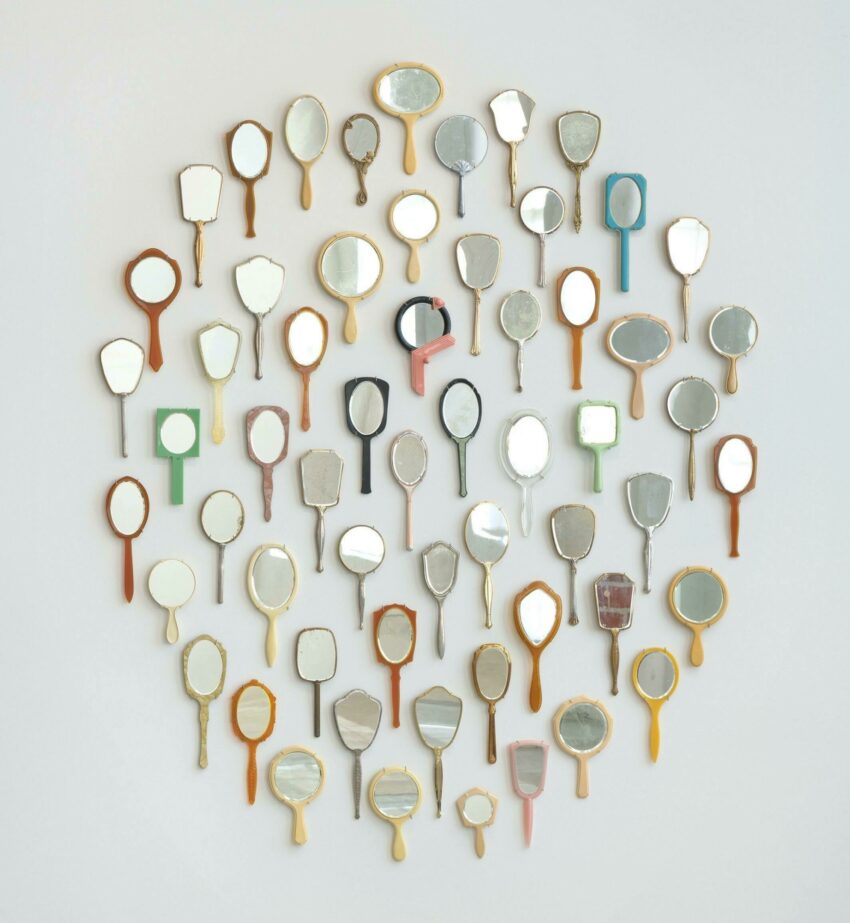The Carrie Bourassa story is yet another example of a kind of cultural Munchausen SyndromePosted in Articles, Canada, Media Archive, Native Americans/First Nation, Passing on 2021-11-10 01:34Z by Steven |
The Carrie Bourassa story is yet another example of a kind of cultural Munchausen Syndrome
The Globe and Mail
Toronto, Canada
2021-11-09
:format(webp)/cloudfront-us-east-1.images.arcpublishing.com/tgam/JDUPILKENVCZVG6WOTGENE44YY.jpg)
DAVE STOBBE/UNIVERSITY OF SASKATCHEWAN
Here we go again – another day, another story about someone with supposed Indigenous roots turning out perhaps not to be who they say they are. After recent reports from Indigenous scholars and the CBC cast doubts on claims to Indigenous ancestry by Carrie Bourassa, a University of Saskatchewan professor in community health and epidemiology as well as the scientific director of the Institute of Indigenous People’s Health, she was put on indefinite paid leave from one position and unpaid leave from the other.
For the longest time, Bourassa told the world her ancestry was Métis, Anishnawbe and Tlingit. But since the reports questioning those claims, she has been unable to verify her ancestry. Now, relieved of her high-profile positions, she can spend all her spare time jigging, beading and carving totem poles.
She is the latest to be suffering from what I consider a cultural form of Munchausen Syndrome – when a person pretends to be sick in order to get sympathy and attention from those around them. This particular form of the syndrome, which seems to be on the rise, occurs when somebody pretends to be of another race or people – usually Indigenous – possibly to obtain respect and recognition from others and, some might argue, certain financial benefits as well.
An early practitioner was English expat conservationist Archibald Stansfeld Belaney, who claimed to be Native American and called himself Grey Owl – but even back then, most Indigenous people were suspicious of how Grey or Owl-like he actually was. More recently in the U.S., former college instructor Rachel Dolezal claimed to be African-American when in reality she was just a white woman with pigment envy…
Read the entire article here.

